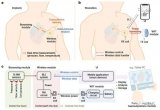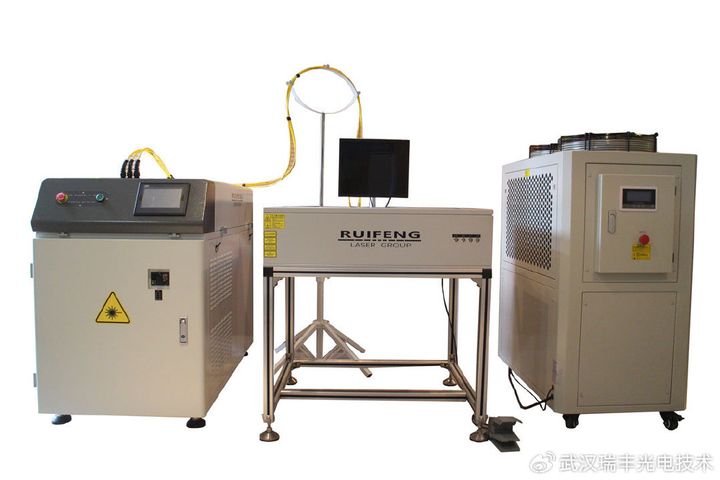高熵合金(HEA)是由四种、五种或更多种不同元素组成的复杂金属合金。这种结构导致体系具有较高的混合熵,有利于在较高温度下形成无序固溶体,因此焓值在确定其组成、相和长程序(LRO)方面起着关键作用。而当HEA经历元素分离、沉淀和化学排序时,会出现大量的无序现象,但就短程有序(SRO)是否存在、有何性质来说,仍不能确定。
来自美国密苏里大学堪萨斯城分校物理与天文学系的Wai-Yim Ching领导的团队,介绍了电子结构、原子间成键、总键序密度(TBOD)和局部键序密度(PBOD)的应用,以解决对HEAs形成理论的基本理解及其潜在应用的挑战。他们通过使用先进的大型超胞建模方法研究了13种生物仿生设计的HEAs的电子结构、原子间键合和机械性能,得到了许多对新的和深入的结果,对生物相容性HEAs的发展和应用至关重要。他们指出,使用TBOD和PBOD作为评价多组分合金基本性能的关键指标时,具有独特的优势:即使不考虑HEA的原子组成、成分和大小,它们都可以直接相互比较。此外,单胞中包含有每对原子间的键合信息,并将单胞作体积归一化处理后,该方法就可直接拓展应用到其它材料体系。这一特性与其他基于基态能量的焓值计算方法有很大不同,对于不同组成的多组分HEAs,基于基态能量的焓值计算方法是非常繁琐和费时的。而该方法巧妙利用了键序密度,在保证计算精度的情况下,大幅压缩了计算成本。 该文近期发表于npj Computational Materials6:45 (2020),英文标题与摘要如下,。

Fundamental electronicstructure and multiatomic bonding in 13 biocompatible high-entropy alloys
Wai-Yim Ching, Saro San, Jamieson Brechtl, Ridwan Sakidja, Miqin Zhang & Peter K. Liaw
High-entropy alloys (HEAs) have attracted great attention due to their many unique properties and potential applications. The nature of interatomic interactions in this unique class of complex multicomponent alloys is not fully developedorunderstood. We report a theoretical modeling technique to enable in-depth analysis of their electronic structures and interatomic bonding, and predict HEA properties based on the use of the quantum mechanical metrics, the total bond order density (TBOD) and the partial bond order density (PBOD). Application to 13 biocompatible multicomponent HEAs yields many new and insightful results, including the inadequacy of using the valence electron count, quantification of largelatticedistortion, validation of mechanical properties with experiment data, modeling porosity to reduce Young’s modulus. This work outlines a road map for the rational design of HEAs for biomedical applications.

责任编辑:xj
原文标题:npj: 生物相容性高熵合金—电子结构和多原子键合
文章出处:【微信公众号:知社学术圈】欢迎添加关注!文章转载请注明出处。
- 合金
+关注
关注
1文章
80浏览量
15587 - 原子
+关注
关注
0文章
83浏览量
20201 - 电子结构
+关注
关注
0文章
13浏览量
8601
原文标题:npj: 生物相容性高熵合金—电子结构和多原子键合
文章出处:【微信号:zhishexueshuquan,微信公众号:知社学术圈】欢迎添加关注!文章转载请注明出处。
发布评论请先登录
相关推荐
南京大学:高灵敏度和高线性度的可拉伸应变传感器的分层结构设计

点成生物亮相PMEC与CPQC


双向纳米玻璃氢化物解决稀土基非晶合金强度-塑性问题和磁热性能
基于柔性无线IMU传感器的稀疏传感网络

合金采样电阻有什么作用?
华秋与共熵服务中心缔结战略合作伙伴关系
深圳华秋电子有限公司与共熵服务中心缔结战略合作伙伴关系
Nature:师法自然!新型“水凝胶液滴电池”问世!





 生物相容性高熵合金的电子结构、原子间成键、TBOD和PBOD的应用
生物相容性高熵合金的电子结构、原子间成键、TBOD和PBOD的应用















评论